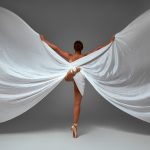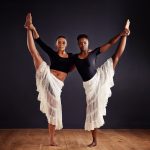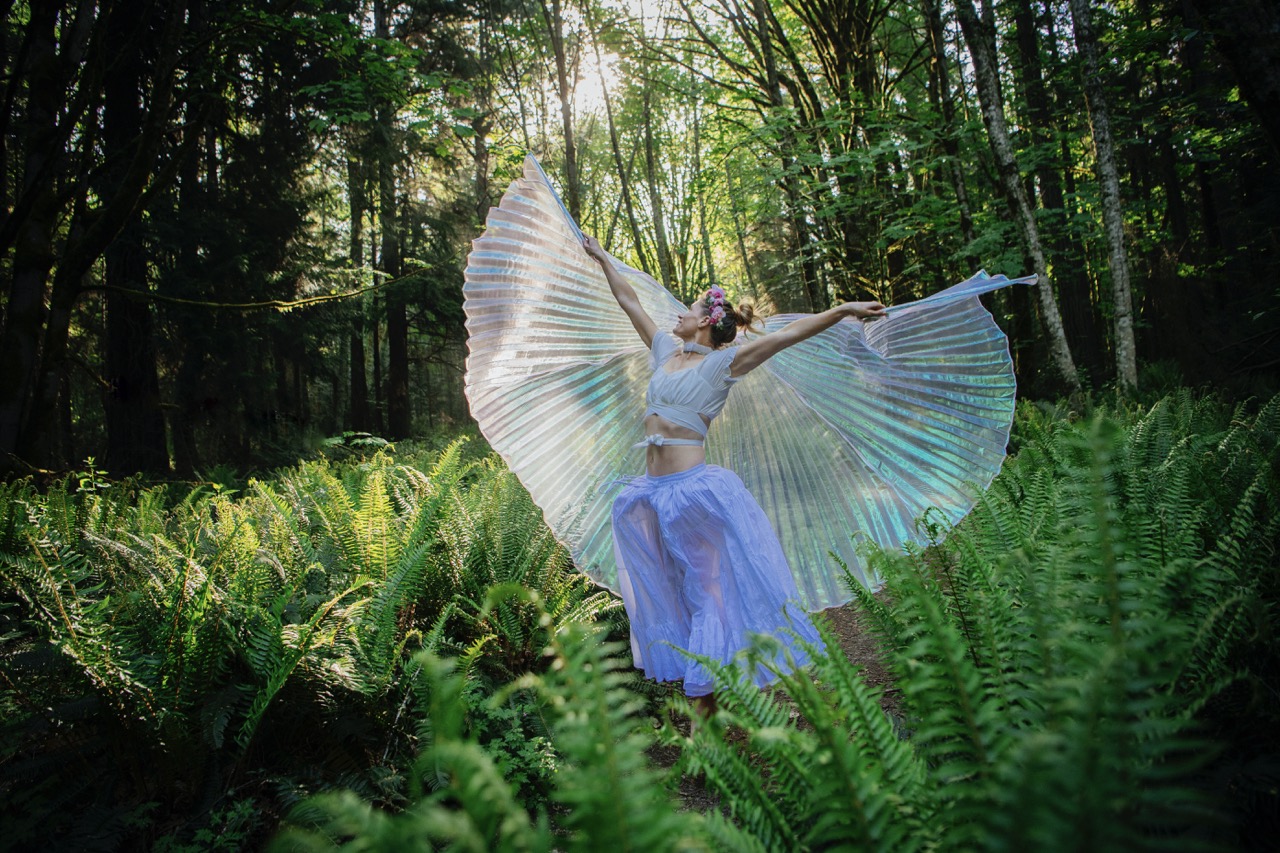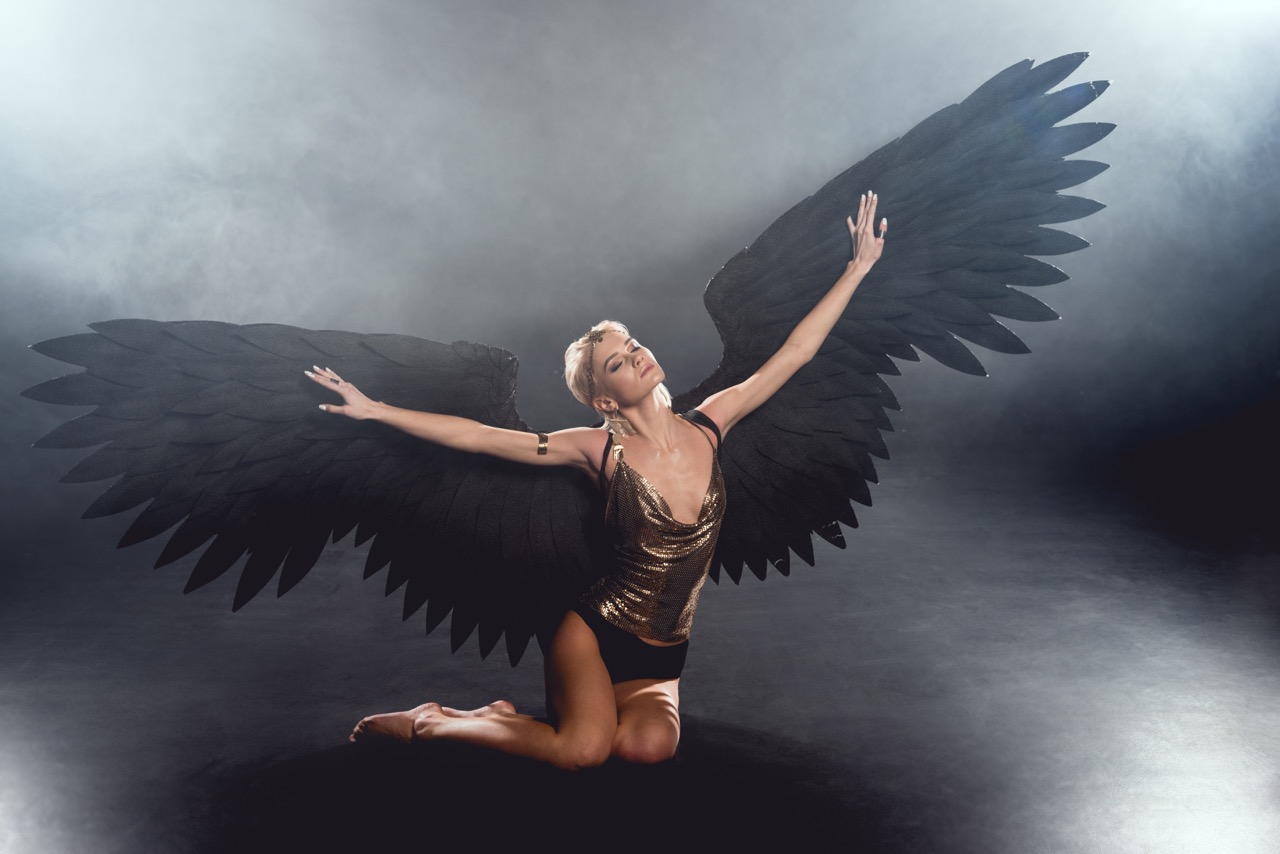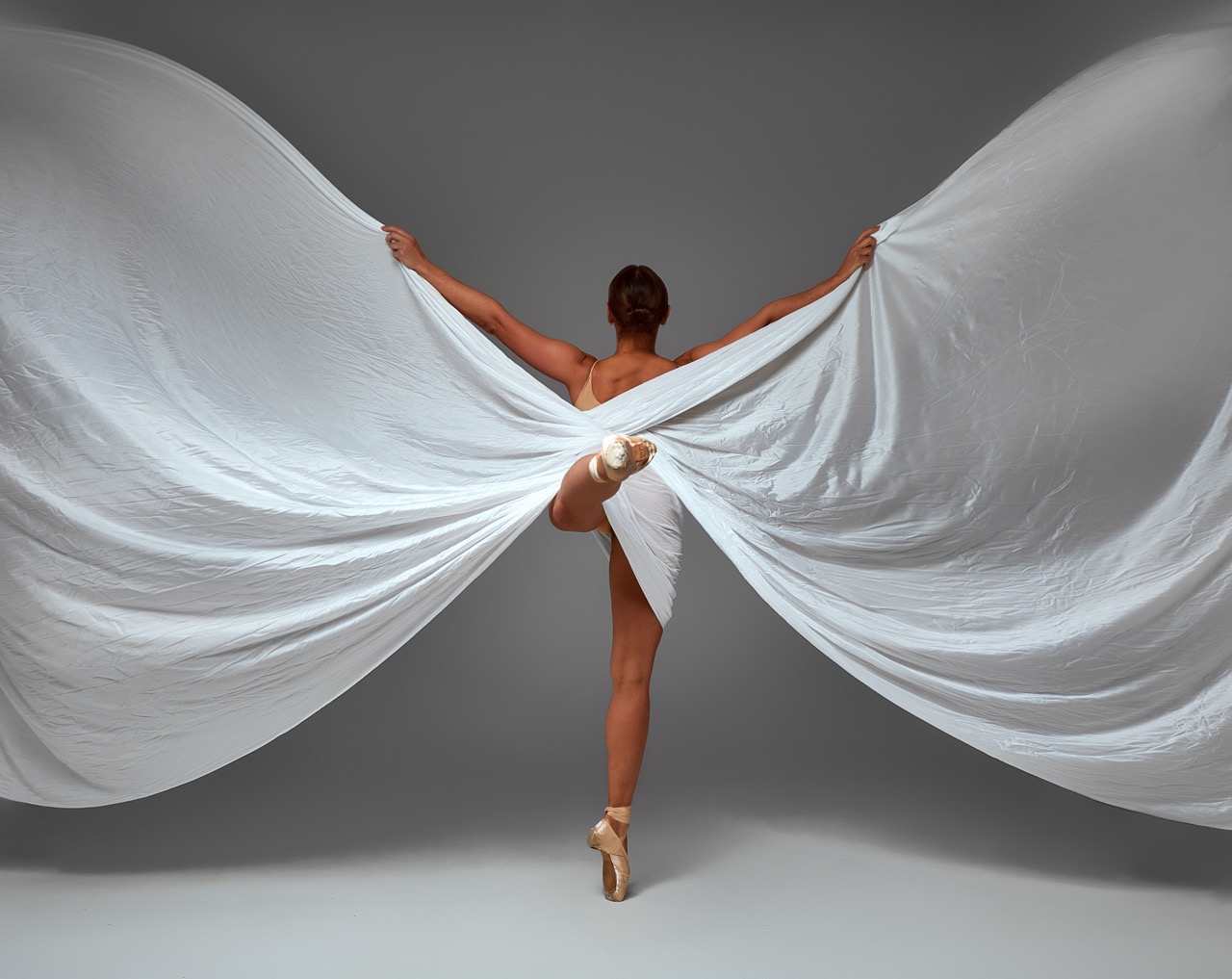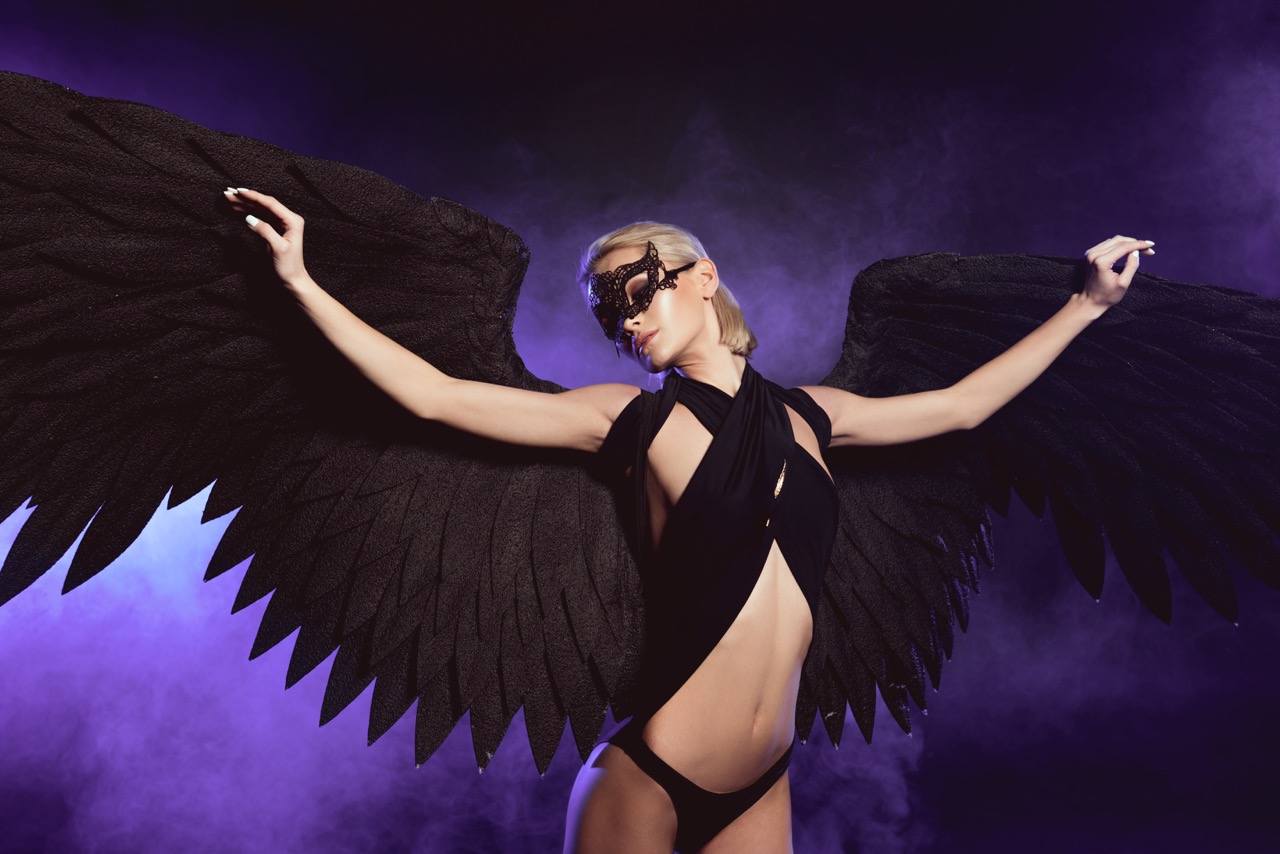The art of dance has long been intertwined with the theatrical and cinematic worlds, serving as a medium of expression that transcends language and cultural boundaries. Among the various elements that enhance the visual spectacle of dance, dance wings have stood out as particularly enchanting. These ephemeral extensions of the dancer’s form not only add to the aesthetic allure but also contribute meaningfully to storytelling in both theatre and film. This article will trace the evolution of dance wings, examining their historical roots, transformative designs, iconic moments in performance, and the promising trends that lie ahead.
The Historical Roots of Dance Wings: A Theatrical Journey
The origins of dance wings can be traced back to ancient civilizations, where elaborate costumes and accessories played a crucial role in storytelling. In ancient Egypt, dancers adorned themselves with feathered fans that mimicked the wings of birds, symbolizing freedom and divinity. These early representations laid the groundwork for the development of dance wings as a theatrical device, offering a visual element that complemented the grace of the human form. As societies evolved, so did the interpretation and use of dance wings, leading to more sophisticated designs in the Renaissance period.
During the Baroque era, dance wings transformed into more structured forms, often paired with elaborate costumes that reflected the opulence of the time. The use of capes, cloaks, and oversized sleeves became prevalent, allowing dancers to create dramatic movements that captivated audiences. The integration of these elements into ballet and opera marked a significant shift, as choreographers began to incorporate the visual impact of dance wings into their choreography. The rise of theatre in the 18th and 19th centuries further solidified the role of dance wings as a tool for narrative development, enabling performers to convey emotions and thematic depth.
As the 20th century approached, the impact of technological advancements on theatre and film revolutionized the use of dance wings. The introduction of new materials and innovative design techniques allowed for the creation of lightweight, dynamic wings that could be manipulated with greater ease. This led to the emergence of modern dance and performance art, where choreographers began to experiment with dance wings in unprecedented ways. With the ability to enhance movement and create striking visual illusions, dance wings became a staple in contemporary theatrical productions.
Transformative Designs: Dance Wings Across the Ages
As dance wings evolved through the decades, their designs transformed to reflect the changing sensibilities of the times. In the early 20th century, dance wings were often made from sheer fabrics and adorned with sequins and beads, enhancing their ethereal quality. Costume designers like Léon Bakst, who worked on the Ballets Russes, embraced bold colors and geometric patterns, further pushing the boundaries of how dance wings could be perceived within the performance context. This era was characterized by a sense of theatricality, where dance wings were not just accessories but integral components of the overall design.
By the mid-20th century, the focus shifted towards minimalism and abstraction, leading to the creation of dance wings that emphasized clean lines and structural integrity. Designers began to explore the interplay between light and shadow, resulting in innovative uses of materials such as plastics and metallic fabrics. This new approach allowed for greater versatility in choreography, as dancers could use their wings to create visual contrasts and dynamic movements that captivated audiences. The emergence of postmodern dance further encouraged experimentation, allowing choreographers to reimagine dance wings as symbols of identity, liberation, and transformation.
In recent years, the advent of digital technology has introduced a new realm of possibilities for dance wing design. With the use of 3D printing and programmable LED lights, designers can create wings that are not only visually stunning but also interactive. These advancements enable performers to engage with their wings in real-time, allowing for a blend of traditional movement with cutting-edge technology. As the boundaries between performance art and technology continue to blur, the design of dance wings is likely to evolve even further, opening new avenues for artistic expression and audience engagement.
Iconic Moments: Dance Wings in Film and Performance
Dance wings have played a crucial role in creating some of the most memorable moments in both theatre and film. One of the standout examples is found in "The Red Shoes," a 1948 film that showcases the transformative power of dance. The iconic scene featuring a dancer adorned with flowing wings captures the essence of the character’s emotional journey, using the wings to symbolize both freedom and entrapment. This moment not only solidified the film’s status as a cinematic masterpiece but also highlighted the potential of dance wings to convey complex themes.
In live theatre, productions like “Cats” have utilized dance wings to enhance character portrayal. The feline-inspired costumes, complete with wing-like elements, allowed performers to embody their characters more fully, bridging the gap between human movement and animalistic grace. The combination of intricate choreography and expressive costumes led to numerous iconic performances that resonated with audiences, demonstrating the power of dance wings to evoke emotion and narrative depth.
Another remarkable instance is found in the Broadway production of "Wicked," where the character Glinda is depicted with wings that shimmer and sparkle, enhancing her whimsical persona. The choreography cleverly integrates the wings, allowing for moments of levity and magic within the performance. These iconic interpretations of dance wings in both film and theatre illustrate their importance in creating memorable narratives and unforgettable visual experiences.
Future Trends: The Next Chapter for Dance Wing Innovations
As we look to the future, the potential for innovation in dance wing design is both exciting and limitless. The growing integration of augmented reality (AR) and virtual reality (VR) into performance art presents an opportunity for dance wings to transcend their physical form. Choreographers and designers can experiment with digital wings that exist solely in virtual environments, allowing for extraordinary visual effects that would be impossible in a traditional setting. This shift could redefine how dance is perceived, experienced, and expressed in contemporary performance.
Sustainability is also becoming a central theme in the world of theatre and film, prompting designers to rethink materials and manufacturing processes for dance wings. The use of eco-friendly fabrics and recyclable components will not only reduce the environmental impact of theatrical productions but also align with the growing demand for conscious artistry. Future dance wings may prioritize both aesthetics and sustainability, allowing performers to make a statement on and off the stage.
Moreover, the evolution of performance art as a collaborative medium is likely to inspire cross-disciplinary projects that merge dance with technology, fashion, and visual arts. This synergy will encourage innovative designs that challenge traditional notions of dance wings, transforming them into multifaceted tools for storytelling. By embracing the possibilities of collaboration and technology, the future of dance wings in theatre and film promises to be as vibrant and dynamic as the performers who wear them.
The journey of dance wings through theatre and film has been marked by a rich history of transformation, creativity, and innovation. From their humble beginnings as simple adornments in ancient performances to their current status as integral components of modern dance and storytelling, dance wings continue to captivate audiences worldwide. As we move forward, the potential for new designs, sustainable practices, and technological integration ensures that dance wings will remain a vital part of the performing arts landscape. The evolution of these enchanting accessories will undoubtedly inspire future generations of artists to explore the endless possibilities of movement and expression.


